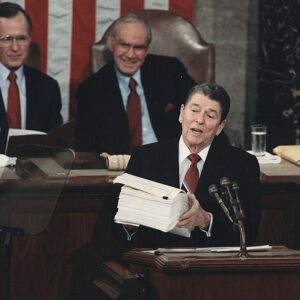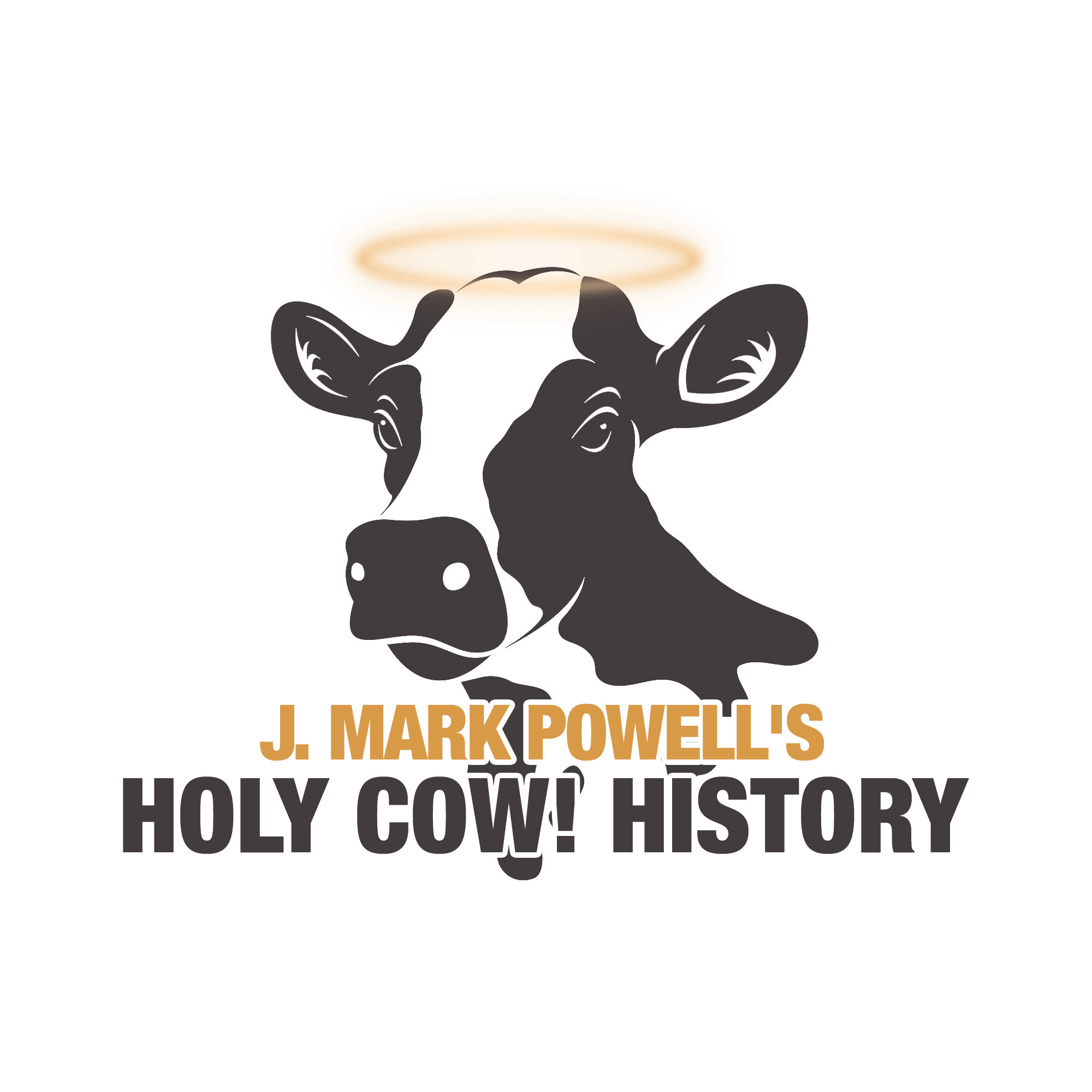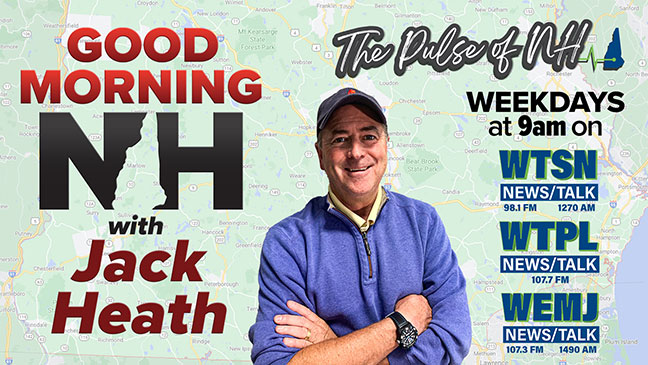It’s a uniquely American institution. Early each year, the president delivers a much-anticipated State of the Union address. Then it’s (usually) quickly forgotten. How much do you know about this annual tradition? Test your knowledge with this short, fun quiz.
1. What was responsible for starting the custom?
A: The Declaration of Independence
B: The Articles of Confederation
C: The Federalist papers
D: The Constitution
Answer: D. Article II, Section 3 says the president “shall from time to time give to the Congress Information on the State of the Union, and recommend to their Consideration such Measures as he shall judge necessary and expedient.” Though a precise timeline isn’t spelled out, all presidents since George Washington have interpreted that to mean once a year.
2. Who began referring to it as the State of the Union address?
A: George Washington
B: Thomas Jefferson
C: Herbert Hoover
D: Franklin D. Roosevelt
Answer: D. Up until the 1930s, it was simply called the president’s “Annual Message.” FDR christened it with the name we know today.
3. Only two presidents didn’t deliver an Annual Message or a State of the Union address. Who were they, and why didn’t they observe the custom?
A: William Henry Harrison and James Garfield
B: William McKinley and John F. Kennedy
C: Warren Harding and Harry Truman
D: Zachary Taylor and Abraham Lincoln
Answer: A. Harrison died of illness, and Garfield was assassinated before they could send their first Annual Message.
4. Perhaps because he wasn’t a great public speaker, President Thomas Jefferson broke with his predecessors and sent his Annual Message in writing, not in person. That tradition continued until this president revived the tradition of addressing Congress in person.
A: George Washington
B: Chester Arthur
C: Rutherford B. Hayes
D: Woodrow Wilson
Answer: D. Woodrow Wilson returned the president’s Annual Message to Capitol Hill in person in 1913.
5. While most addresses are rosy and optimistic, who delivered what’s widely considered the most alarmist State of the Union?
A: Abraham Lincoln, 1861
B: Woodrow Wilson, 1917
C: Franklin Roosevelt, 1941
D: John F. Kennedy, 1961
Answer: D. Speaking to Congress on January 30, just 10 days after taking office, Kennedy’s address came at the height of the Cold War. It contained such troubling warnings as the “hour of national peril” and “we draw nearer the hour of maximum danger.”
6. Which Annual Message/State of the Union addresses set technological records?
A: Calvin Coolidge, 1923
B: Harry Truman, 1947
C: Bill Clinton, 1997
D: All the above
Answer: D. Coolidge had the first speech carried on radio; Truman’s speech was the first broadcast on television; and Clinton’s speech was the first streamed on the internet.
7. Whose address was the longest delivered in person?
A: Millard Fillmore
B: Ulysses S. Grant
C: Bill Clinton
D: George W. Bush
Answer: C. Clinton spoke for one hour, 28 minutes, and 49 seconds in 2000. The longest message was from Jimmy Carter in 1981, whose 33,667-word report was the last sent in writing.
8. Which president listed his “Four Freedoms” to inspire a nation as war loomed?
A: Abraham Lincoln, 1861
B: Franklin D. Roosevelt, 1941
C: George W. Bush, 2002
D: Teddy Roosevelt, 1905
Answer: B. Roosevelt spelled out his “Four Freedoms” as World War II raged in Europe (and would soon engulf America): The freedom of speech, the freedom of worship, the freedom from want, and the freedom from fear.
9. Which president used his address to reverse his previous political philosophy and declare, “The era of Big Government is over”?
A: Lyndon B. Johnson, 1965
B: Andrew Jackson, 1831
C: George H.W. Bush, 1992
D: Bill Clinton, 1996
Answer: D. After tax hikes and a failed healthcare plan led to the first Republican House majority since 1952, the pragmatic Arkansas governor saw the writing on the wall.





